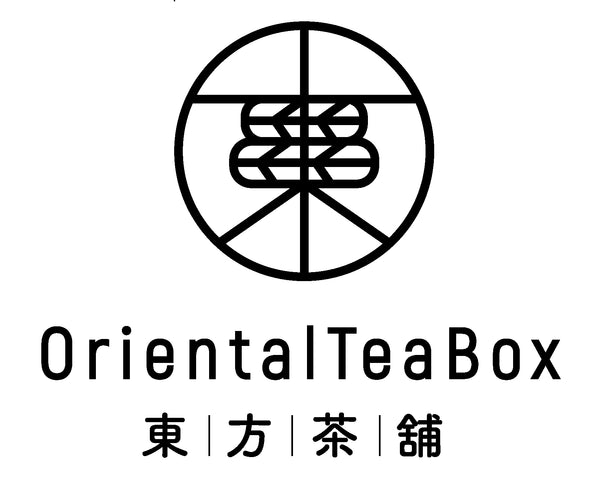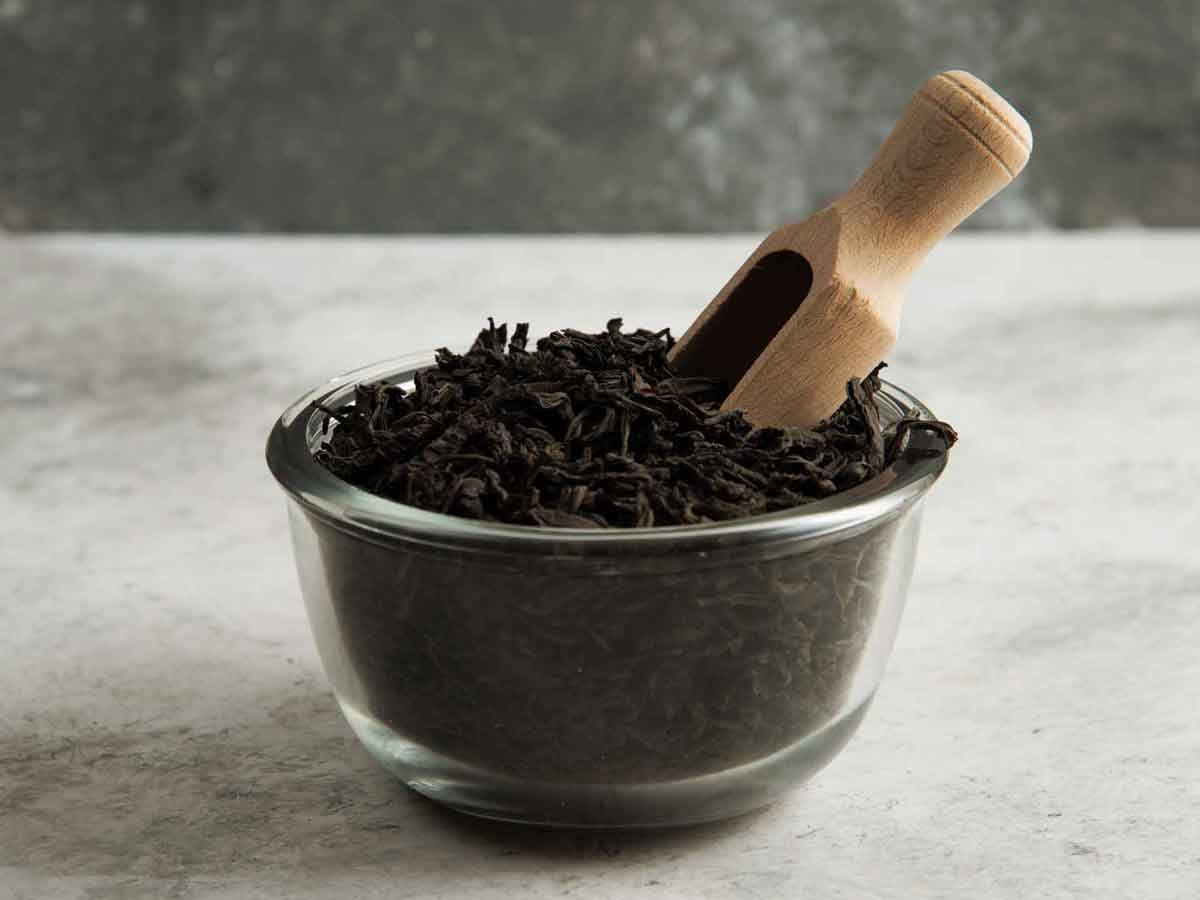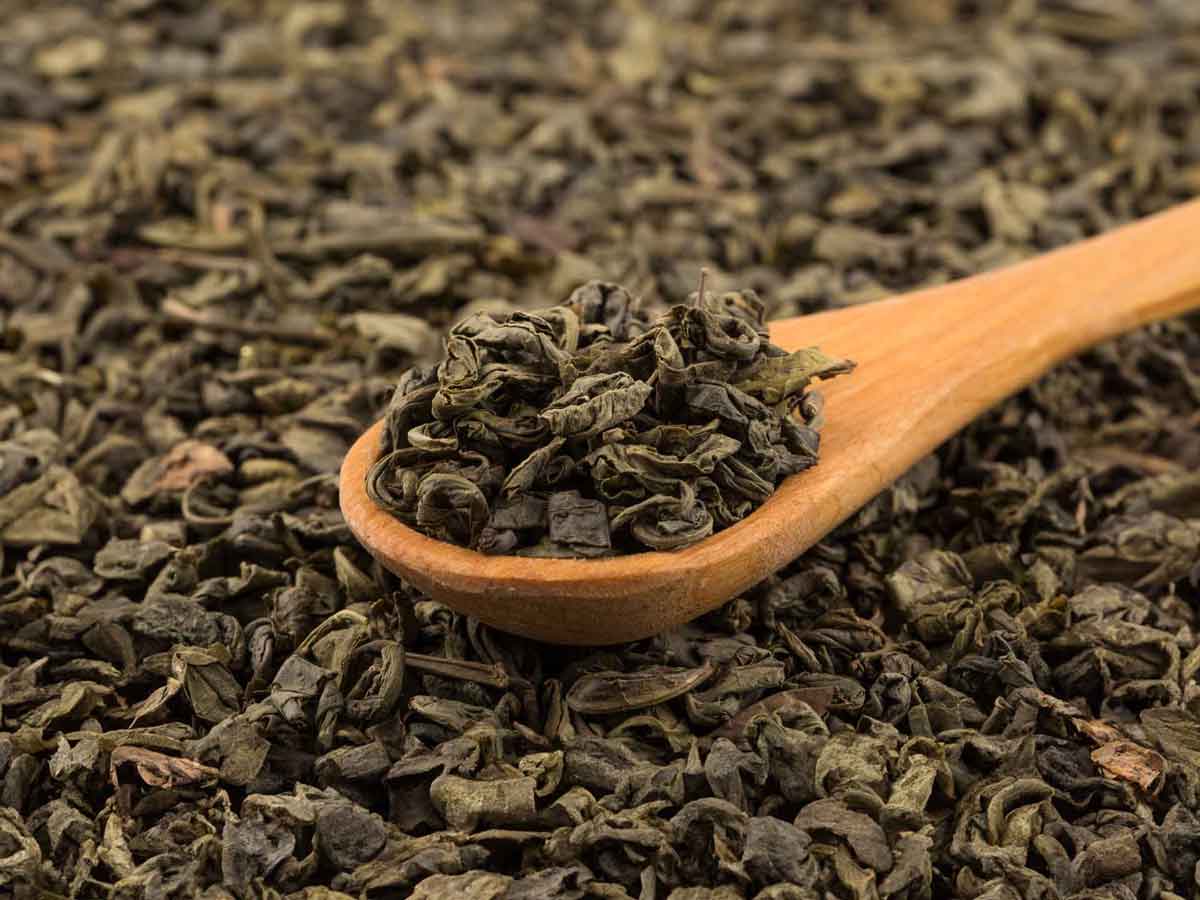In the hunt for the perfect cuppa tea? A little backtracking to China, where the Camella Sinensis brew all began over a millennium ago, should bid us well. For starters, welcome the Lunar New Year of the Dragon with good fortune via our comprehensive 8-point tea etiquette guide.
- Legend has it that tea was discovered in China by a Chinese herbalist named Shennong, way back 2737 BCE.
- Today, China is not only the world’s largest tea producer but also the nootropic drink’s largest consumer — eating up roughly 1.6 billion pounds of tea per year.
In this post, we’ll let you in on the secrets of the best Chinese tea for your palate.
Specifically, we’ll detail how you can swap popular Western tea concoctions with these mouthwatering offerings straight from the Orient. This way, you give yourself a timely energy boost and enjoy all the health benefits a true tea brings. Read on.
A Little History of Tea: From China to the West
The first tea leaves arrived in Europe in the 1600s via the Portuguese and Dutch merchants. But tea drinking caught on in the continent after Catherine of Braganza (the 22-year-old Portuguese princess) married England’s King Charles II in 1662. As the young queen was a certified tea connoisseur, she made drinking tea fashionable.
Today, England is a tea country. Though it consumes mostly black tea (breakfast tea and Earl Grey are black teas at the core), about 18% of tea drinkers in the UK choose green tea. The U.S. favors black tea even more. Here’s a more comprehensive brief:
| Tea Type | England (36 billion cups a year) | USA (85 billion cups a year) |
|---|---|---|
| Green Tea | 34% | 15% |
| Black Tea |
A Sample Look of Tea Consumption in the West per Tea Type
To put things in perspective, the British population drinks about 100 million cups of tea daily, or almost 36 billion cups in one year alone.
Green Tea Upgrades
Largely unoxidized, green tea leaves are considered the freshest of the true teas. And they’re popular for a reason, buoyed mainly by their myriad benefits both for one’s health and beauty attributed to polyphenols, and powerful natural antioxidants.
Taste-wise, green tea is grassy and vegetal, tending to carry the freshness of the Camella Sinensis evergreen plant. Sencha tea, a green tea of Japanese origin, is well-received in the West.
Chinese Tea Recommendations
Longjing (Dragon Well Green Tea)
Off the bat, Longjing tea is the most popular tea in China which has earned China’s Famous Tea title. And it’s not hard to fall in love with this Chinese blend from the West Lake of Hangzhou in Zhejiang province, given its outstanding attributes.
For starters, Longjing leaves are eye candy. Smooth and flat, the spear-like leaves are beautifully shaped. Add its long-lasting fragrance and mellow taste and this Chinese tea is bound to capture your imagination and open your appetite like no other. Even better, you can turn it into one mouthwatering dish, the Dragon Well Shrimp.
Bi Luo Chun, translated as “blue snail spring”, is easily distinguishable by its delicate spiral-shaped leaves. This Chinese green tea is captivating (and that’s an understatement), thanks mainly to its aromatic fragrance and fresh, mellow taste that teases your senses right from the first sip. Buttery yet vegetal, the drink could send warmth all throughout your body awakening it to get some more.
Black Tea Upgrades
Though certainly falling short in the antioxidant department, black tea trumps green tea by a mile as a caffeine boost. Taste-wise, black tea is full-bodied in taste and has a stronger, more complex flavor compared to green tea.
In the UK, and perhaps the whole of Europe, the English Breakfast, a black tea usually drunk with milk and sugar, is the go-to everyday tea, especially in the mornings. Next to the English Breakfast, Earl Grey, a blend named after Prime Minister Earl Grey which has bergamot orange essential oil, is another popular black tea in the country.
Chinese Tea Recommendations
Dian Hong (Yunnan black tea)
What will definitely pique your interest in Dian Hong black tea is it has a unique sweet flavor that sets it apart from the usual black tea flavor profile. A good reason for that is that this tea preparation uses only Camella Sinensis tea buds that usually are covered in fine hair. It’s also called Yunnan black tea as the tea leaves are propagated in Yunnan, China.
Keemun
If you’re looking for a superstar black tea from China, then look no further than China’s Keemun. This Chinese tea is commonly called “red tea” in China as it steeps to a fiery amber-red color much like liquor. Its rich yet toasty flavor that often carries mineral notes leaves you with a clean, lingering orchid finish that’s uniquely subtle.
Though you can take Keemun black tea on its own, it has been used as the tea base for English Breakfast tea.
Oolong Tea Upgrades
Oolong has the most diverse of flavors in the tea kingdom. And though its adoption is not as wide as green tea or black tea, oolong is gaining ground with many tea connoisseurs seeking the blend even at staggering prices.
Plus, oolong tea has plenty of health benefits that protect your heart and help you ward off life-threatening diseases. Overall, we recommend Taiwan’s Lishan high mountain oolong for its unsurpassed quality and superior taste.
It’s no accident the small island of Taiwan is home to the best oolong concoctions in the market today. Though the land area is rather small (New York is bigger by three-fold), below are key takeaways why oolong from the island is simply the best.
Taiwan is an island with the highest mountains on the planet. What this means is such a position allows it to grow Camella Sinensis shrubs at higher altitudes. Simply put, the shrubs can grow at cooler temperatures amidst foggy weather.
Even more astounding, Taiwan’s high mountains boast of superior loam soil giving the tea shrubs greater chances to grow and flourish.
To top it all, the expertise of Taiwanese tea artisans in cultivating and processing tea leaves is unparalleled. The secrets of the trade have been passed on from one generation to the next and enhanced, giving the world superior tea that’s hard to beat product-wise, yet most delicious taste-wise.




